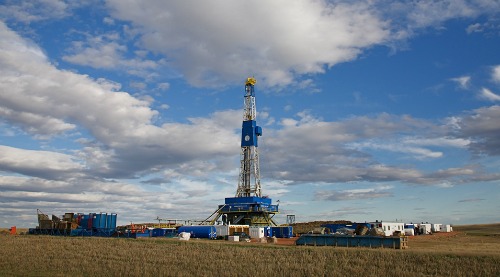
Bakken Reality Check
October 8, 2015
The Bakken Play, located in North Dakota and Montana, is the birthplace of tight (shale) oil and in many ways the poster child of the so-called “shale revolution.” Between 2010 and 2014, oil production in North Dakota grew nearly five-fold, from 236,000 barrels/day in January 2010 to over 1,167,000 barrels/day in January 2015, according to the U.S. Department of Energy’s Energy Information Administration (EIA), which every year publishes its Annual Energy Outlook (AEO).
The EIA forecast this production growth to continue and — despite thousands of wells having already been drilled in the most productive areas of the play, and the steep decline in oil prices in 2014 — even raised its projection in 2015 for the total amount of tight oil produced in the Bakken through 2040 by 85% over the previous year’s forecast.
We recently asked David Hughes, author of Drilling Deeper (which likely remains the most thorough independent analysis of U.S. shale gas and tight oil production ever conducted) and a number of other reports on North American shale gas and tight oil production, to look at how production in the Bakken has changed after a year of low oil prices.
Oil production in the Bakken Play is now falling after more than a year of low oil prices—but it has proven more resilient than many observers expected. This paper reviews the latest developments in the Bakken Play and provides an update of the assessment in Drilling Deeper, which was published in October 2014 just as the turmoil in the oil markets began.
Key Conclusions
- Bakken production is falling, which is a result of the decline in the rate of well completions to levels insufficient to offset the static 40% yearly decline rate of the play (1,884 well completions per year are required to maintain production at the peak level of 1.2 mbd).
- Well productivity gains have essentially stopped after a significant ramp-up in the 2012 to 2014 period. The only recent well productivity gains were outside the top four counties, where drilling has moved to the best quality areas from more marginal regions.
- Even to maintain the peak rate of 1.2 mbd, the drilling rate would have to increase from the 1,884 wells per year currently required. To substantially increase production above the December peak would require a return to rig count levels of triple current rates or higher, which would accelerate the consumption of the finite number of remaining drilling locations.
- In its Annual Energy Outlook 2015, the EIA raised its estimate of cumulative oil production from the Bakken by 85% over its previous year’s projection.
- The EIA AEO2015 projection that Bakken production will continue to grow by 2020 to a plateau 42% higher than the December 2014 peak would require more than triple the current rate of drilling activity, and much higher prices to justify it. It would also require vastly more high quality drilling locations than are actually available, given that it forecasts the recovery of more than twice as much oil by 2040 as the U.S. Geological Survey (USGS) has estimated to be technically recoverable in its recent assessment. Hence the EIA forecast has a very low probability of occurring.
image credit: Tom Reichner / Shutterstock.com


And now we are getting the Peak Blame politician, Trump.
Look for lots of scapegoating on the energy downslope, unfortunately.